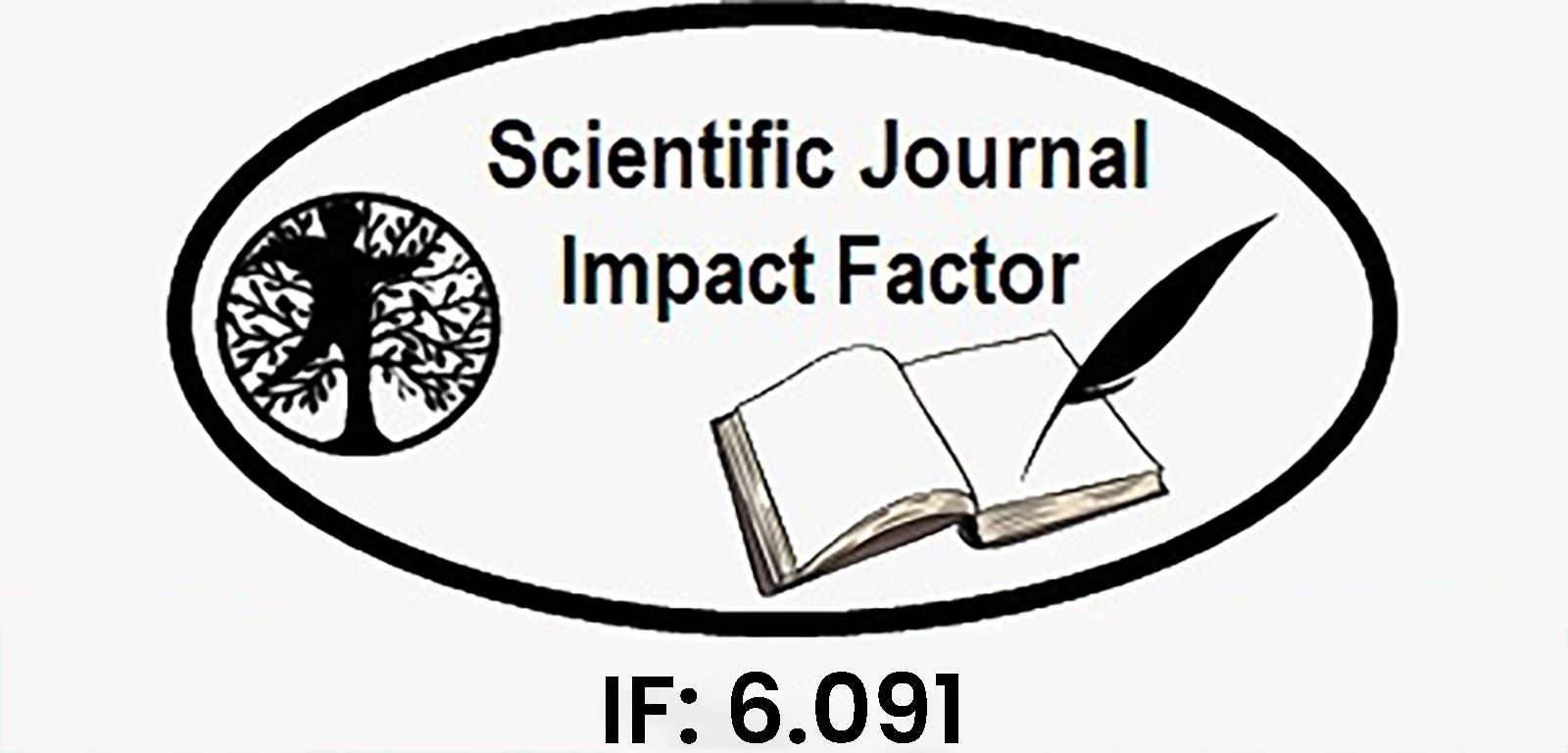Defensive Modelling of Fake News Through Online Social Networks
Keywords:
experimentation, COVID-19 pandemic, Online social networks (OSNs), misinformation, reproductionAbstract
This article explores the dynamics of misinformation, or "fake news," within online social networks (OSNs), emphasizing its impact during the COVID-19 pandemic. It proposes a model using differential equations to analyse the spread of fake news and assesses measures to counteract its dissemination. Online social networks (OSNs) have become an integral mode of communication among people and even nonhuman scenarios can also be integrated into OSNs.The model evaluates various strategies to refute misinformation and investigates the critical basic reproduction number (R0) as a determinant of fake news propagation within OSNs. If the value of R0 is less than one (R0 < 1), then fake message spreading in the online network will not be prominent, otherwise if R0 > 1 the rumour will persist in the OSN. a model that will be able to detect and eliminate fake news from OSNs and help ease some OSN users stress regarding the pandemic. A system of differential equations is used to formulate the model. Its stability and equilibrium are also thoroughly analysed. The basic reproduction number (R0) is obtained which is a significant parameter for the analysis of message spreading in the OSNs. If the value of R0 is less than one (R0 < 1), then fake message spreading in the online network will not be prominent, otherwise if R0 > 1 the rumour will persist in the OSN. Real world trends of misinformation spreading in OSNs are discussed. In addition, the model discusses the controlling mechanism for un trusted message propagation. The proposed model has also been validated through extensive simulation and experimentation.
Downloads
Downloads
Published
Issue
Section
License

This work is licensed under a Creative Commons Attribution-NonCommercial-NoDerivatives 4.0 International License.















